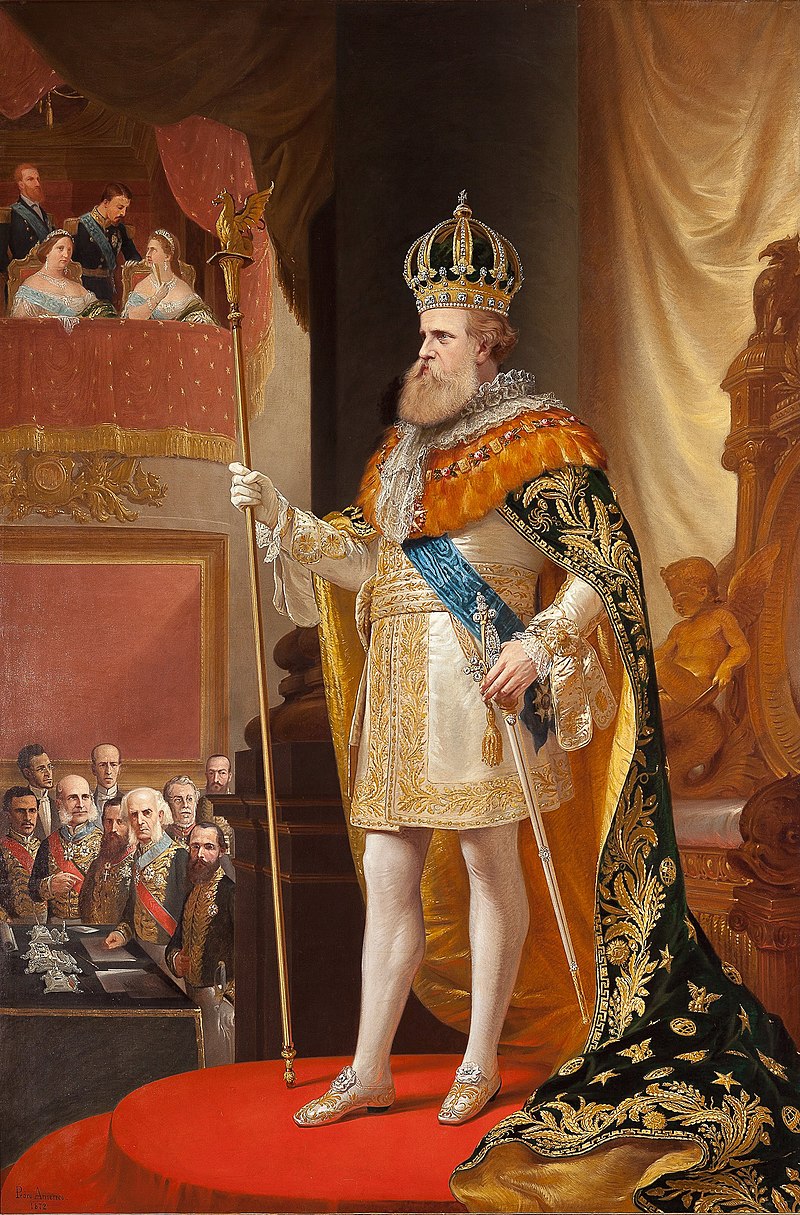
II. Péter was born in 1825 in Rio de Janeiro, the son of Emperor Péter I of Brazil and Maria Leopoldina of Habsburg-Lorraine. He was only five years old when his father died in 1831, so he inherited the throne. However, due to his minor age, regents ruled in his stead until he came of age in 1840. II. During Peter's reign, Brazil underwent significant development. The economy boomed, coffee cultivation began to flourish, and infrastructure expanded. The emperor supported the arts and sciences and founded the Brazilian National Museum and Library. II. During Peter's reign, Brazil was involved in several wars. He took part in the Argentine Civil War, the Uruguayan Civil War, and the Paraguayan War. The Paraguayan War (1864-1870) was the bloodiest conflict in which Brazil ever participated and led to the destruction of Paraguay. II. Peter was committed to the abolition of slavery. He introduced gradual reforms that led to the complete abolition of slavery in 1888. This move earned him great popularity among the population. In 1889, a military coup swept away the monarchy and Brazil became a republic. II. Péter and his family were forced into exile in Europe, where he died in 1891. II. Peter was one of the most decisive rulers of Brazil. During his reign, the country underwent significant development, and he is also referred to as the "liberator of slaves". He is still remembered with respect in Brazil.
II. Peter (Dom Pedro II) was the last ruler of the Brazilian Empire between 1831 and 1889. During his reign, changes were also made in the field of Brazilian coinage. II. During Peter's time, several types of coins were minted in Brazil. One of the most well-known mints is the "Head of Peter II" thousand and other coins, on which the portrait of the ruler is shown. In addition, during the Brazilian coinage, other medals were also issued, on which, among other things, the country's coat of arms and various symbols appeared. II. During Peter's reign, the Brazilian economy also developed, and the coinage also changed as part of modernization. The material and value of the coins have changed over the years. In 1832, the emperor passed a new law that regulated the production of coins. The law required that Brazilian coins must be made of high quality materials and be of accurate weight and size.II. At the end of Peter's reign, in 1889, the Brazilian Empire was abolished and Brazil became a republic, which brought further changes in the monetary system.
Numismatics. Online store for old money, coins and banknotes.